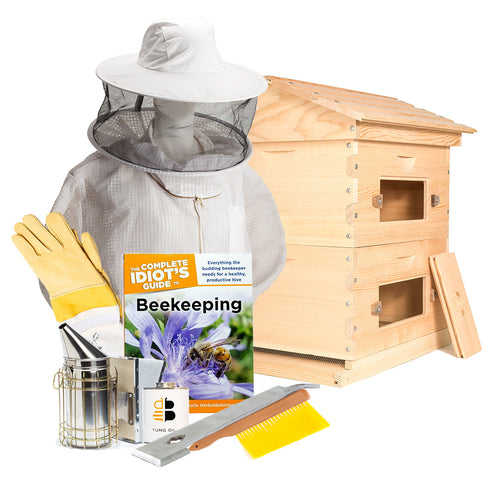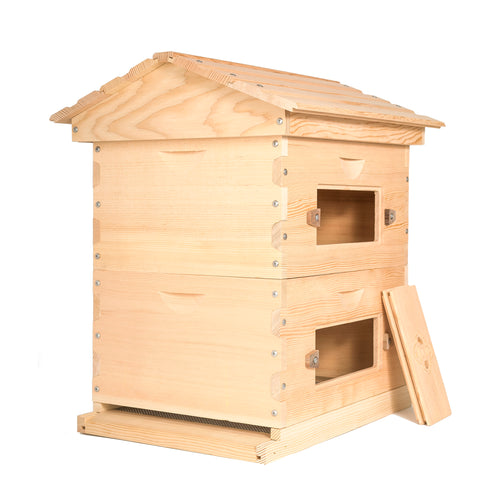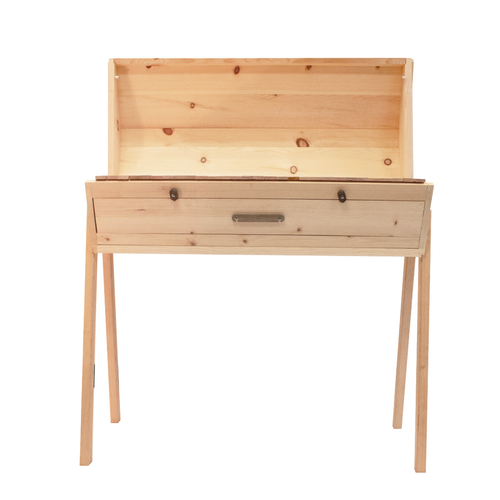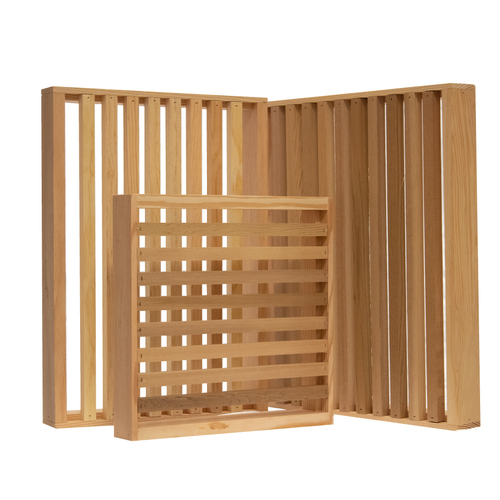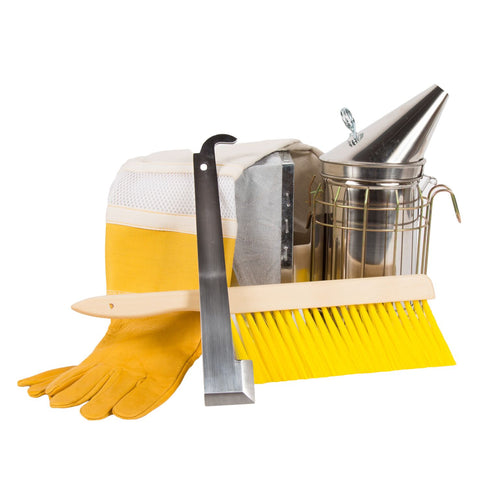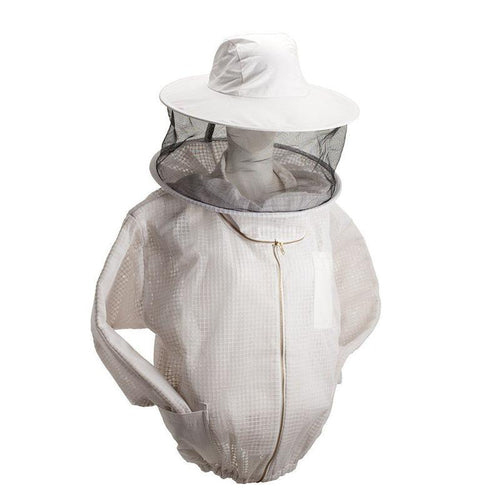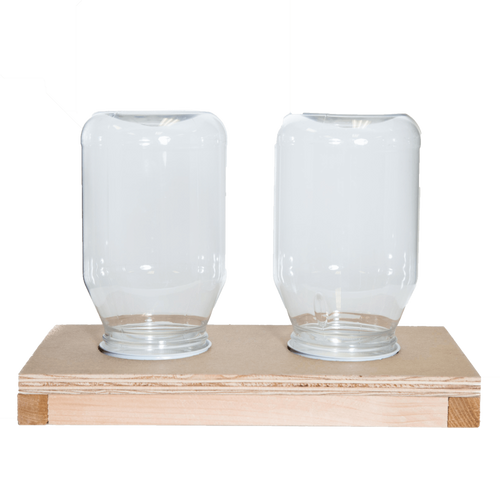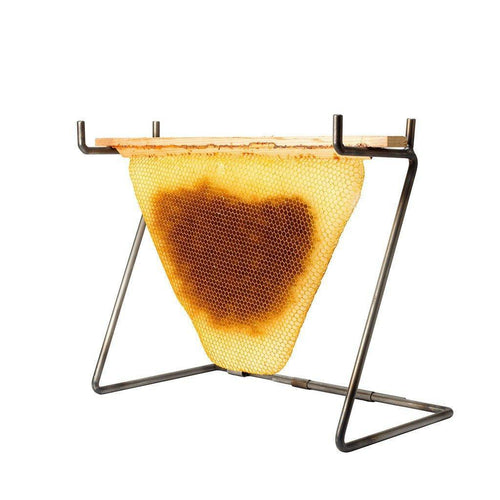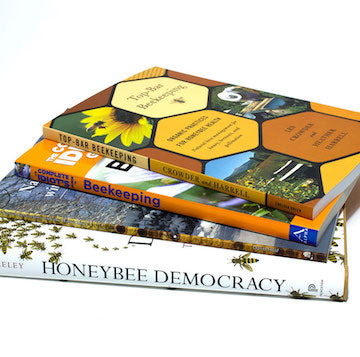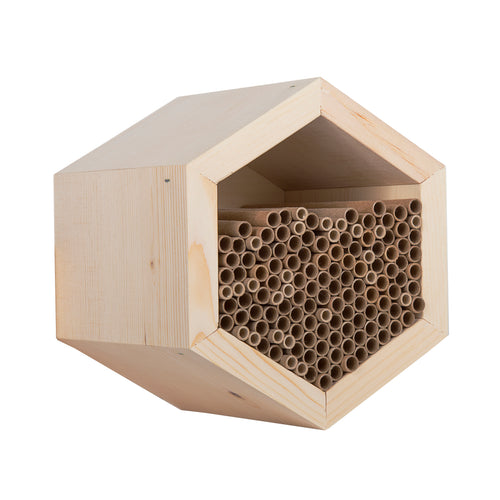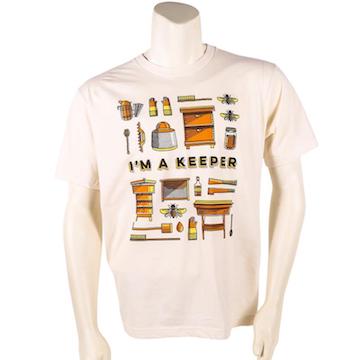The content for this article was provided by Hillary Bergh of foodheals.net. Hillary Bergh is a 5th generation chef with a passion for kitchen play. Growing up in the kitchens of her family’s multiple restaurants gave her a solid foundation that was then developed further while working as a manager at Bouchon Bakery, chef and wine club manager at Swanson Vineyards, and executive chef at Google with Bon Appetit Management Company. She holds two culinary certifications along with a nutrition certification and is currently earning a bachelor of science in healthcare management.
Honey tastes like honey. Or does it?
Similar to wine or high-quality chocolate, honey is affected byterrior.Bees forage from the plants within a three to five mile radius of their hive and those plants draw character from the soil and climate, which is ultimately translated into their nectar. For example, apple blossom honey from Washington will taste slightly different than apple blossom honey from Vermont. At the same time, both honeys will have very similar and identifiable taste points of apple, quince, and mild rose.
Other contributing factors are the length of blooming period and the seasonal evolution of certain plants. For example, clover has a long blooming timeframe, so clover honey can be harvested at multiple times. However, because of seasonal evolution, clover honey harvested in the spring will have a bright and fresh quality, while it will have a more robust depth when harvested later in the summer. And yet, regardless of the season, clover honey will always have notes of grass, fresh wax, and butterscotch.
Apple blossom and clover are both examples of single varietal honeys. Beehives placed in an area with multiple plants that bloom in rotation of seasonal timeframes can be harvested individually at the declining point of nectar flow. For example--because they bloom at different times--dandelion, apple, rose, and blackberry can be grown in the same field and then harvested at strategic points in the season to isolate their unique honey profiles. Beehives placed in a monoculture field can also be identified as single varietal, but areas with rotational crops are preferred by most pollinators.

If you've ever hosted a wine or chocolate tasting party at home, now is the time to do a honey party!A flavor wheelis a great way to help participants identify different flavor notes. We offer awide variety of different honeys as well asa four-flight set on our website, or you can visit your local farmers market to select three to five varietals. Try to choose honeys with different colors, as those will offer the most variation in taste. To round out the tasting, offer an assortment of cheeses, roasted and salted nuts, and strawberries or apple slices.
Current favorites in our retail store include theBee Raw Oregon Meadowfoam honey with notes of creme brûlée, walnut toffee, and vanilla marshmallow or the Old Blue Clary Sage showcasing flavors of floral blackberry, cassis, and fresh wax.
Do you have a favorite varietal honey? Tell us about it in the comments!
But wait, before you go! You may still be wondering about crystallized honey. Variation in the ratio of sucrose/glucose/fructose along with temperature will cause some varietal honeys to crystallize faster than others. While some people prefer their honey to be viscous, others enjoy the crystallization to allow for spreading on toast.
If you need to de-crystallize your honey, simply place the closed jar in a pan of hot water and stir every 15 minutes or so until it reaches your desired consistency. Another option is to store your jars of honey atop your fridge, as the residual warmth will keep it from crystallizing. Boiling and microwaving honey can destroy the health benefits and is not suggested.
Happy honeying!


